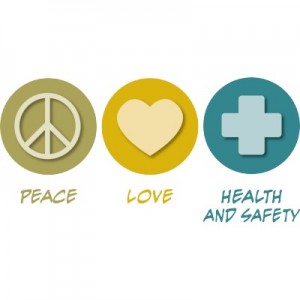How can peace and health be promoted at the same time? Does it help to have one united holistic initiative, or it is better to have parallel projects taking care of individual areas? The connections between peace and health are not new. There has long been consensus within academia and the community on the need for interdisciplinary partnerships across social, economic, political and cultural programming.
“Official perspectives”
The World Health Organization’s Commission on the Social Determinants of Health (2008) explicitly states that “inequities in health, avoidable health inequalities, arise because of the circumstances in which people grow, live, work and age and the systems put in place to deal with illness. The conditions in which people live and die are, in turn, shaped by political, social, and economic forces.”[1] So there is a push for people to look at living circumstances and see their effects on health outcomes. But what does that actually look like?
Criticisms of WHO and other large UN-agency bodies that work on health generally stem from disappointment and irritation on the ground that these organizations and their donors want quick fixes to large social problems, and want ‘bang for their buck’ when it comes to financial assistance. I believe that has likely been one of the central reasons health and peace continue to be promoted in parallel efforts, yet without consultation of each other. There is the perpetual need to show quantitative results (reduced TB incidence, increased bed-net coverage). Any large organization, whether it is the World Food or the Bill and Melinda Gates Foundation, is only as generous as their donors. Donors can be impatient, or merely indifferent to the real process they are supporting, and simply want the ‘best practices’ followed and the most product delivered. This obscures the underlying causes of poor health and community security. This also confuses community members and donor organizations about the need for integrated work that does not necessarily submit to ‘deliverables’ or impressive statistical outcomes.
Central problems keeping peace and health promotion separate
This blog will be looking at the different obstacles to uniting peace and health promotion. These problems include issues of framing health and peace, coordination of strategies, issues of capacity to integrate both health and peace, the positions of the ‘peace’ and ‘health industries, stigmatization of certain illnesses which have notable roots in conflict (HIV, PTSD), the prioritization of political over social rights, and issues of donor intention.
Column by Anthea Darychuk


Recent Comments